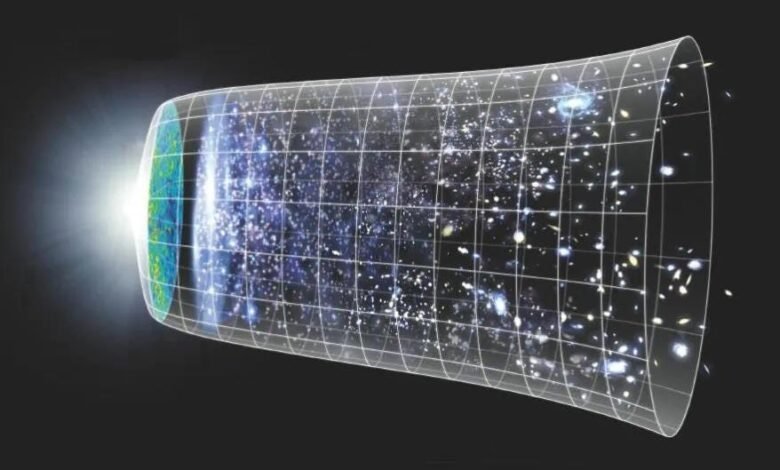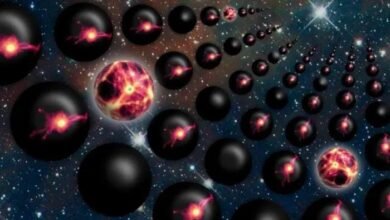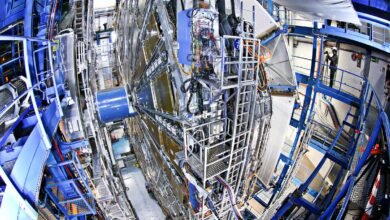Ask Ethan: Why is the Big Bang shown as a tube? | by Ethan Siegel | Starts With A Bang! | Oct, 2024

The most common visual depictions of the history of the Universe show the Big Bang as a growing tube with an “ignition” point. Why is that?
For thousands of untold generations, humanity has pondered our cosmic origins with a sense of awe and mystery, as though it were akin to pondering the nature of God. But over the course of the 20th century, a clear picture emerged as supported by an overwhelming suite of scientific evidence: the scenario of the hot Big Bang. A finite amount of time ago, the Universe began from a hot, dense, relatively uniform but rapidly expanding state, and has evolved and cooled ever since. Today, 13.8 billion years after that event, humanity has been able to reconstruct our cosmic history, from those earliest moments to the present day, explaining the formation of elements, atoms, stars, galaxies, the cosmic web, rocky planets, and eventually, intelligent life as well.
In many ways, it truly is the greatest story ever told: not a biblical or philosophical or poetic account of all of creation, but a scientific one. And yet, when we see it depicted, visually, it often looks like a fluted glass, tipped on its side, that flares at one end and closes on the other. Some have likened it to a tube or a cylinder, including Jennifer…
Source link




